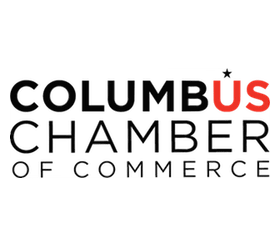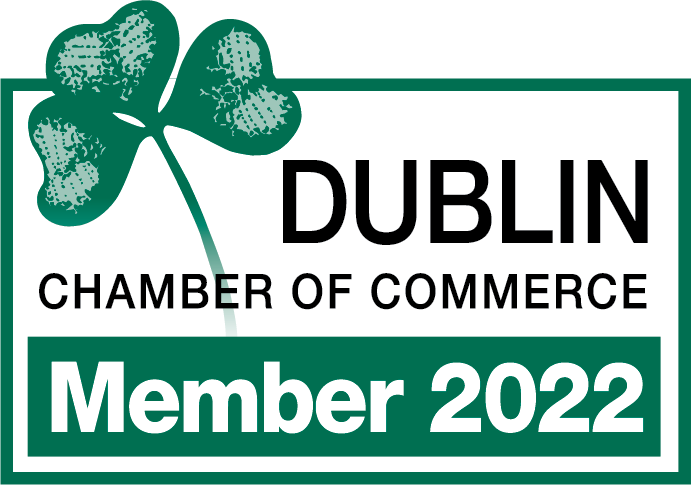Companies continue to manufacture billions of dollars of goods in the US, and with good reason. US manufacturers create many premium products that last. Still, you may wonder how to get your idea from the drawing board into customers' hands.
It takes a lot to go from prototype to production. Once you have a 2D or 3D model of your design, however, you've made it to the halfway point.
Keep reading to learn more about how to go from prototype to mass production.
From Product Prototyping to Mass Production
If you have a product design that will transform your market, congratulations. However, a simple, well-designed product can serve your needs well.
Most likely, you have several brilliant ideas. Hidaka USA can't wait to hear about them.
We'll help you turn your ideas into fully developed products. We specialize in taking prototypes to the manufacturing stage using several methods, including:
- 2D/3D lasering
- Brake pressing
- Machining
- MIG/TIG/SPOT welding
- Stamping
Much of our work encompasses sheet metal fabrication and auto parts manufacturing.
Our skilled experts will give you the premium parts prototyping services you need. We'll also design manufacturing plans that will help you produce a quality product.
However, it helps to understand what it takes to go from prototype to mass production.
What Comes in Between?
It may seem easy to go straight from prototype to product manufacturing. With today's technology, you'd think if you can make one high-quality product, you can make 100,000.
However, that's not quite how it works.
In rare instances, you can go straight to mass production when creating 3D-printed parts. Alternatively, you may be able to go to mass production quickly if your entire product comes out of a mold.
However, many designs require custom parts manufacturing. Alternatively, a product may need just the right shade of color for it to have an attractive appearance. Things get complicated quickly when you must use different fabrication processes.
Market Testing
Furthermore, many firms perform market testing using prototypes before going to mass production. In other words, they take their prototypes right to their customers.
The customers supply critical feedback. This information informs brands on how to enter a market.
A manufacturer might use additive manufacturing or urethane casting for low-volume production. However, the final product may require custom machine tooling, injection molding, or sheet metal stamping.
An Example of the Process
Suppose you want to produce an electromechanical product. Early on, during prototype manufacturing, engineers might create one or two prototypes at a time.
They may decide to make the prototypes in large numbers once the design gets close to approval. Now, they can accelerate reliability and durability testing. This testing will help them pinpoint potential design flaws.
Design testing will bring them closer to the end of the development phase. Next, the manufacturer will move on to engineer validation testing.
A Note on Product Prototyping
You shouldn't expect to successfully develop a final product using only a CAD design. Your CAD design may look phenomenal. However, digital representation has no bearing on the physical world.
Your design should go through the full prototyping process. This process will ensure your product succeeds.
During prototyping, engineers will assess your design for functionality and form. They'll also check design aesthetics. In some instances, however, you can have a prototype in your hands in as little as 24 hours, depending on the simplicity of the product design.
Design Validation Testing
In many cases, engineers will also need to design tooling for mass production. This is the equipment needed to create a uniform product. It may include:
- Casting dies
- Injection molds
- Pressing dies
The complexity of tooling will increase depending on the number of cavities in your design.
Engineers must also confirm that they can manufacture parts correctly. They must ensure they can create the color, material, and finish you desire. The engineering team will perform design validation testing to accomplish this goal.
Suppose you want to produce an injection molded plastic enclosure. In that case, our engineers might start out making 20 products at a time. They'll then inspect each product carefully.
The engineers will assemble all the parts into a finished product. They'll then submit the finished product for further feedback and testing.
Mass Production: Are We There Yet?
At this stage, you're getting closer to mass production. However, we must consider more than the volume of goods as we scale up the operation. Our engineers will keep a watchful eye on the finishing and assembly of your entire product.
Here's where your market research pays off. Ideally, you've assessed your target market in response to feedback on your prototypes.
Again, your mass production run may require a customized solution. If so, you can now invest in tooling and other mass production resources confidently.
Production Validation Testing
Now your project is ready for production validation testing. You may also hear someone call this process pre-production preparation.
The engineers will create larger batches during this phase. They might start with 50 units for a small, simple product. Alternatively, they may start with 20 units for a large, complex product.
Our engineers will troubleshoot issues that might arise as we scale up production. They may make the next production run two to three times larger. They'll continue this process until your product has reached full manufacturing readiness.
Trust Us to Bring Your Ideas to Life
Now you know more about how to go from prototype to mass production. If you're looking for manufacturers in Columbus, Ohio, look no further than Hidaka USA. We've helped firms realize their visions since 1989.
We started out supplying brands with high-quality prototype services. Today, we also offer full mass production support.
We serve clients from a diverse range of industries that require a wide range of parts and assemblies. Feel free to learn more about our assets and capabilities.








